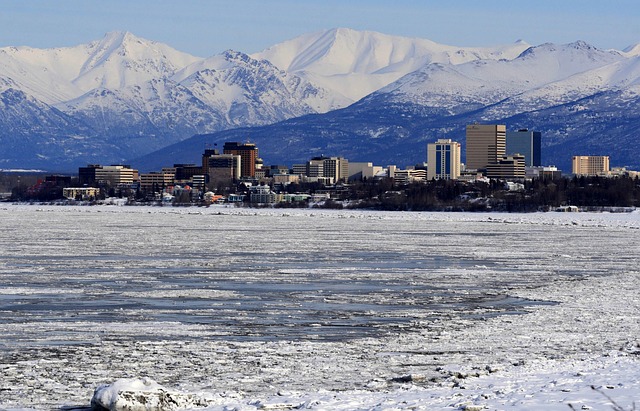By Dena Adler

The escalating costs of damages from extreme weather events, many exacerbated by climate change, makes poignant a question with a serious price tag: who will be on the hook to pay for climate damages? In 2018, a host of lawsuits wound their way through the courts seeking an answer, including several from localities and states alleging the responsibility of fossil fuel companies. Also important, but not yet as litigated, will be the question of who should pay to prepare infrastructure for climate change impacts and so prevent potentially disastrous and expensive consequences. For example, Texas is seeking $12 billion, mostly from the federal government, for a 60-mile “spine” of seawalls that will protect a section of the Texas Gulf Coast—including a hotbed of petrochemical facilities vulnerable to spewing a toxic mess if damaged during a future hurricane. But what actions does the law require these facilities to take on their own to prepare for climate change and should those requirements be set higher? A new article from Sabin Center Climate Law Fellow Dena Adler analyzes developing litigation shaping an initial answer to these questions in the context of energy and industrial infrastructure.
Recent hurricanes have inundated energy and industrial infrastructure with the realities of a changing climate. When Hurricane Harvey slammed into the heart of the oil industry in 2017, it exposed as many as 650 energy and industrial facilities to flooding. In the aftermath of Harvey, Texas refineries, storage terminals, and other facilities, spilled over 22,000 barrels of crude oil, gasoline, diesel, and drilling wastewater. These leaks are only a fraction of the 90,000 barrels spilled in Louisiana in 2005 after Hurricane Katrina. Flooding from Hurricanes Harvey also triggered industrial facilities to spew air pollution during electrical failures, resultant accidents, and unexpected shut-downs. Across Texas, Hurricane Harvey resulted in the release of 8.3 million pounds of unpermitted air pollution from petrochemical plants including toxic fumes released from the Arkema Chemical plant in Crosby which forced evacuations of everyone within a 1.5 mile radius. These incidents underscore the growing vulnerability of many coastal and riverine facilities that store, process, or transport petroleum products and chemicals, to the many impacts of a changing climate, including increasing heavy precipitation, hurricanes, and sea level rise-enhanced storm surge.
“Turning the Tide in Coastal and Riverine Energy Infrastructure Adaptation: Can an Emerging Wave of Litigation Advance Preparation for Climate Change?” explores how a new wave of “failure to adapt” lawsuits has sought to clarify how a changing climate may change what reasonable preparations governments and private actors must take, including increasing the resilience of their infrastructure. These suits span constitutional, tort, and statutory law more broadly, but unprepared owners of energy infrastructure may risk additional violations under environmental law due to unpermitted releases of air and water pollution during extreme weather events for which they are not adequately prepared. The article specifically considers recent legal and administrative suits that may indicate shifting legal responsibilities for coastal and riverine energy infrastructure owners under the Clean Water Act (CWA), the Resource Conservation & Recovery Act (RCRA), state air and water codes, and the National Environmental Policy Act (NEPA). Even if redress is unavailable to plaintiffs, these suits help clarify where the current regulatory regime does obligate consideration of changing conditions and where regulatory reform could reduce climate change-related risks to communities and the surrounding environment. (For a more general review of climate adaptation-related liability, see this helpful primer from the Conservation Law Foundation.)



